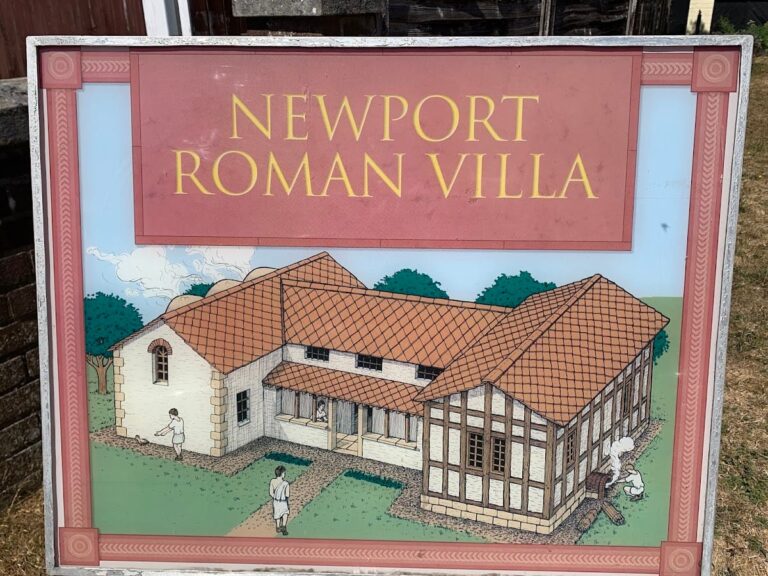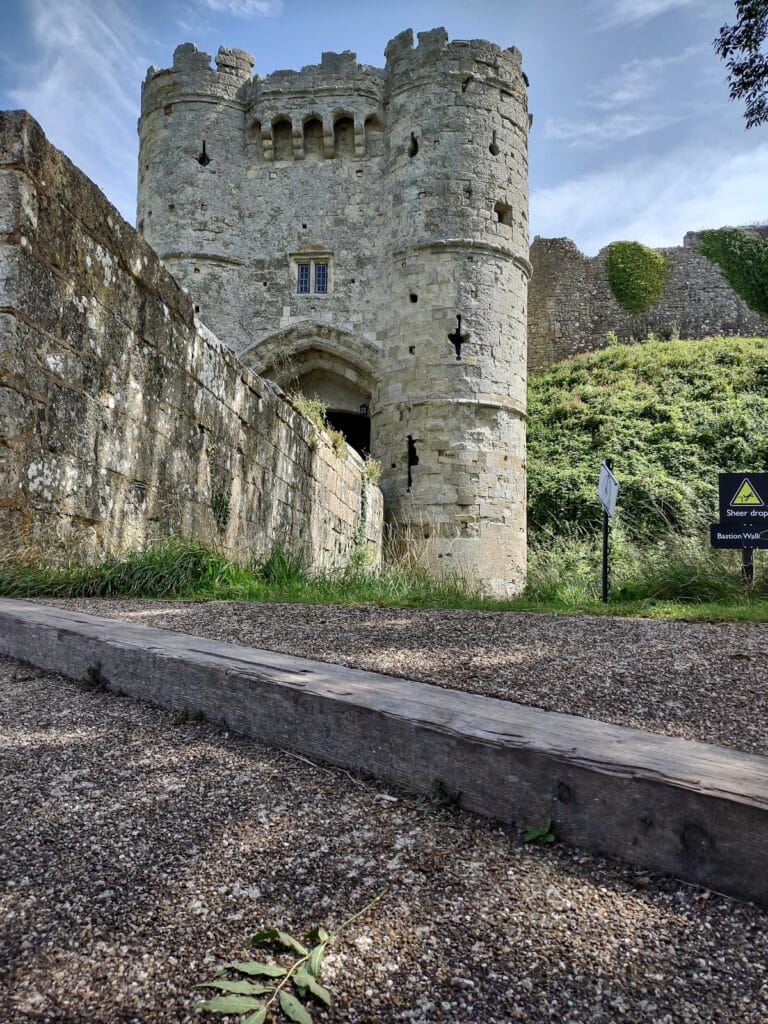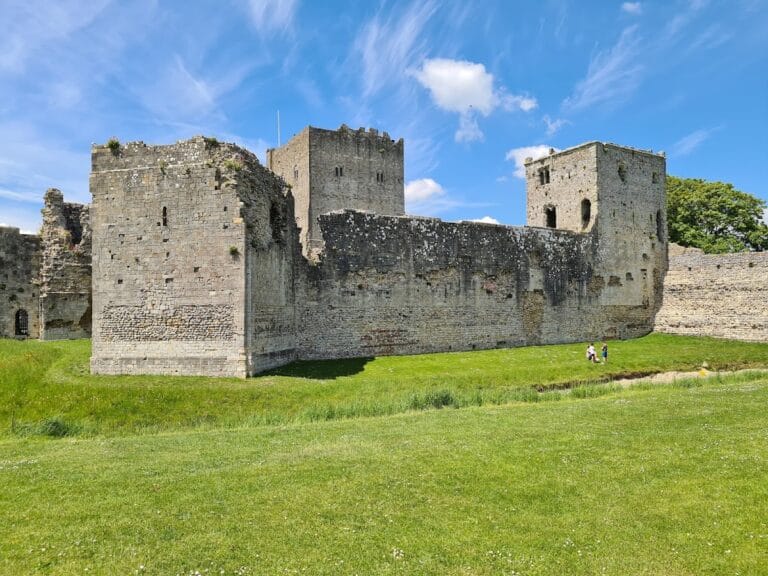Brading Roman Villa: A Roman Estate on the Isle of Wight
Visitor Information
Google Rating: 4.5
Popularity: Medium
Google Maps: View on Google Maps
Official Website: bradingromanvilla.org.uk
Country: United Kingdom
Civilization: Roman
Remains: Domestic
History
Brading Roman Villa is situated on the Isle of Wight at Morton Old Road, Brading, Sandown. It was established shortly after the Roman conquest of the island in AD 44, which was carried out by the 2nd Augusta Legion under the command of Vespasian. This military campaign brought the Isle of Wight under Roman control, enabling the development of Roman settlements such as this villa.
The villa’s initial construction dates to the mid-1st century AD. Over the next three centuries, it expanded into a substantial stone-built complex arranged around three sides of a central courtyard. The most significant building phase occurred around AD 300 with the completion of the West Range, the grandest part of the complex. The villa remained occupied through the late 4th century, with coin evidence indicating habitation until approximately AD 395 during the reign of Emperor Honorius.
During the 3rd century, the villa experienced a major fire but continued functioning as a farming estate for about another hundred years. Around AD 340, the site and its surrounding lands suffered from frequent pirate raids, which contributed to its gradual decline. By the 5th century, the villa was abandoned and fell into ruin, eventually becoming buried beneath agricultural fields and forgotten.
The site was rediscovered in 1879 when a local farmer uncovered a mosaic floor. Excavations began the following year under Captain John Thorp and were supported by Lady Louisa Oglander, who acquired part of the land. The villa was subsequently opened to the public by the Oglander estate. In 1994, stewardship passed to a charitable trust, which enhanced the facilities, including the construction of a protective cover building in 2004. From 2008, the University of Oxford conducted a five-year excavation, re-examining the North and South Ranges and uncovering additional artefacts, including items from the Victorian period.
Remains
The Brading Roman Villa complex consists of three principal building ranges arranged around a central courtyard. These include the South Range, constructed around AD 100; the North Range, dating to approximately AD 200; and the West Range, built circa AD 300. The West Range is the best preserved and forms the core of the current exhibition centre.
The West Range is a winged corridor villa featuring twelve surviving ground-floor rooms. The largest room contains an elaborate mosaic floor, likely used for hosting guests. Five rooms display mosaics with diverse themes, including geometric designs, mythological figures such as Orpheus and Bacchus, gladiators, a unique cockerel-headed man, Medusa, Roman deities, and scenes depicting farming and maritime life. The mosaic of the cockerel-headed man is adjacent to a building with steps flanked by two griffins. Interpretations of this figure vary, with some suggesting it lampoons a gladiator named Gallus, while others view it as a fantastical creature; no definitive identification exists.
No evidence of an indoor kitchen has been found, implying that food preparation took place outside to minimize fire hazards. Artefacts recovered from the site include Samian pottery, jewellery, and gaming pieces, indicating a high standard of living. North of the main villa are remains of a farmhouse equipped with a hypocaust system, an underfloor heating method, and a well, likely housing estate workers. To the south, agricultural buildings such as a granary and storerooms once stood, though these structures no longer survive.
A water feature identified as a nymphaeum, a monument dedicated to water nymphs, was discovered outside the villa and is now displayed within the exhibition centre. Additionally, a reconstructed Roman garden featuring plants appropriate to the period has been established on the grounds. Conservation efforts include the 1982 restoration of the Bacchus mosaic, which involved the use of polyvinyl acetate and cloth reinforcement. Other mosaics remain in situ on their original mortar beds. The villa is protected by a modern cover building erected in 2004 following flood damage to the earlier Edwardian shelter.










